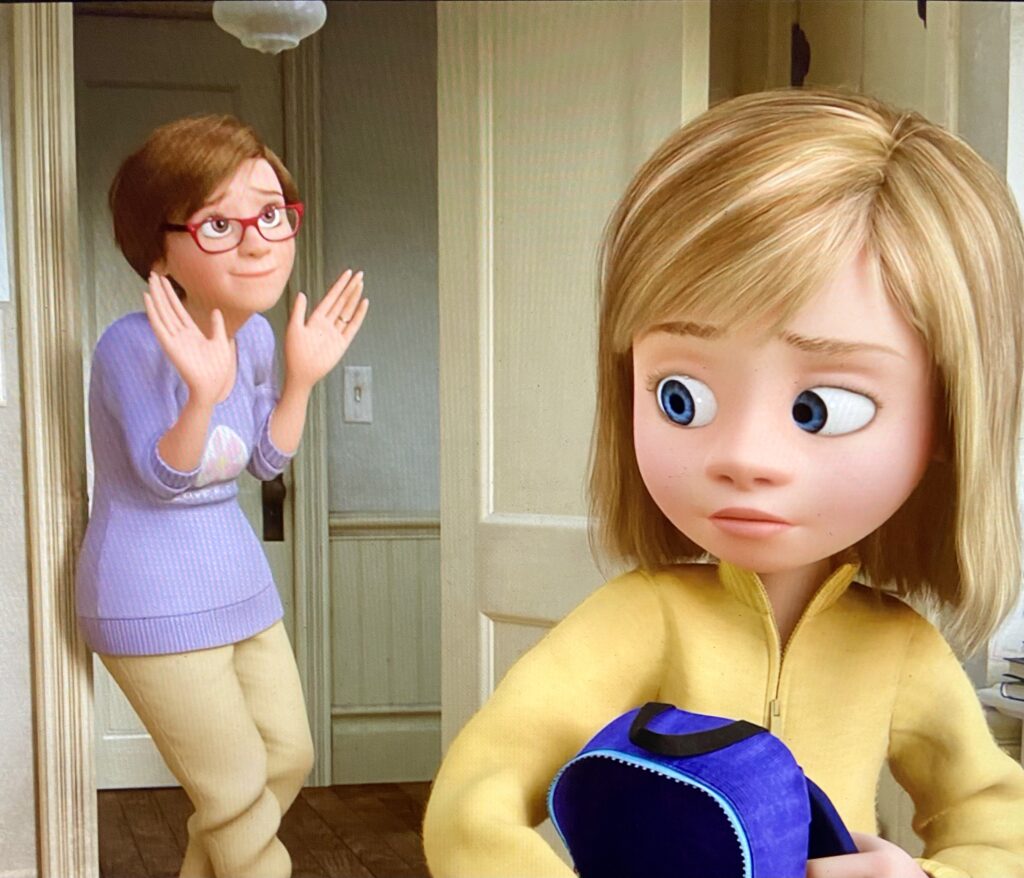
Back when I was in high school it was part of the basic curriculum for students to learn a foreign language. Aside from the kids in the accelerated program who opted to enroll in Latin, the rest of us pretty much chose between French and Spanish. At that time, I decided to learn French for not other reason than I thought it sounded more exotic to my teenage ears than Spanish did. Aside from the single required semester, I’m pretty sure I didn’t spend too much time getting a true understanding of the French language (although I can still recite from memory one of the conversations we had to memorize about asking a parent if we could go out for dinner—honestly, that never did come in handy).
In the college course of study I chose I was not required to enroll in any additional foreign language courses, and so, aside from the required math and science classes, mainly I opted for English literature and history classes alongside my journalism curriculum. Still, a part of me always longed to be able to speak at least one additional language. That hit even harder when I had the opportunity to travel to Guatemala in my 20s with friends for one of their brother’s weddings. I spoke very little Spanish and relied heavily on my friend and her husband to translate whatever I couldn’t understand. It was a similar experience when I traveled solo to Europe, visiting Germany, France, and England. Needless to say, my pocket-sized German and French language books provided little help in my attempts to communicate.
As you might imagine, when I heard about the Duolingo app for my phone that would allow me to learn a language in just 15-minutes a day, I was all in. After three years, I’m still not sure I could hold any sort of genuine conversation with any native Spanish speaker, though I could tell them about the green shirt I bought or that my cat is fat (at least that one is true). Even so, I enjoy—at least most of the time—the various exercises Duolingo provides to help me try and not only learn but understand another language.
Recently, I’ve wondered if Duolingo might add one or two additional options to their language selections: teenager speak and/or meme speak. While I pride myself on working to maintain open communication with my teenagers, I must confess that there are times when they slip into their teenage banter and sister speak and I become like the penguin in Madagascar—Smile and wave, boys. Smile and wave, or, in my case, nod and smile, mama. Nod and smile.
As with every teenage generation, new idioms and slang develop and enter daily conversations. Text speak has added a whole new layer of indecipherable language for me, but that’s perhaps something for a different post (and dates back to when I was teaching Freshman Writing at the University of Kentucky back in 2000 and repeatedly had to remind my students to spell out their words and write in complete sentences).

There are more and more times these days when I listen to my teenagers holding a conversation at the dinner table and simply shrug, having little to no understanding as to what they are talking about. It brings to mind the scene in the Disney short animated film, Riley’s First Date, in which the mom is standing in the doorway of Riley’s bedroom and attempting to speak the language she thinks her daughter will understand. It goes horribly wrong, of course, causing Riley to cringe and scrunch up her face in response to her mother’s attempts to be hip and cool.
That’s not to say I don’t toss around similar cringe-worthy phrases of my own or insert (usually wrongly) some of my teens’ new lingo, but I do tend to do it ironically. I mean, we all know I don’t truly know, understand, or desire to use their language the way they do. Still, I am game to maintain our connection through my halting humor and they realize that. If I am genuinely curious, I will pause in what I’m doing and ask for clarifications, to which they tend to humor me.
As parents, we joke about bringing our babies home wishing they had provided us a users manual. These days, those jokes would likely involve longing for a translation app that might allow each of us the ability to chat with our teenagers in their native language. Similar to the scene in the trailer for the new Disney Pixar film, Elio, in which one of the aliens provides Elio a device that allows him to understand the language of the aliens as well as be understood in his language by the aliens. Until that day comes, I suppose it’s all good to carry on like the Madagascar penguins and just smile and wave, boys. Smile and wave when I don’t quite get the gist of what my teens are talking about.
